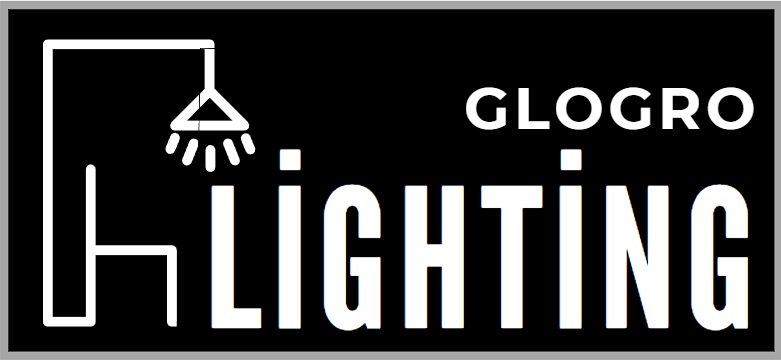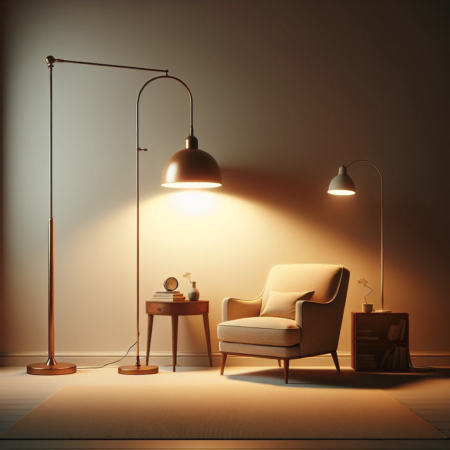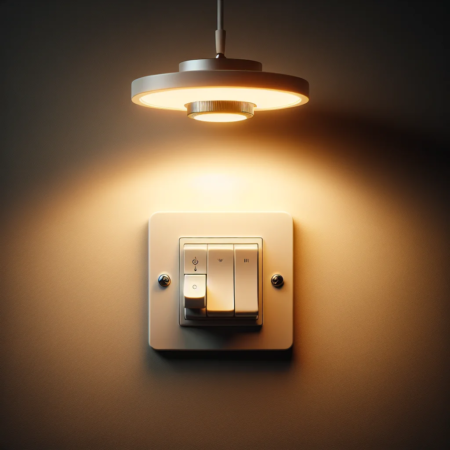Contents
Factors Affecting the Cost of Ceiling Lights
The cost of ceiling lights is influenced by several key factors, which we will explore in detail below.
Quality of materials
The quality of materials used in the manufacturing of ceiling lights plays a significant role in determining their cost. Premium materials such as aluminum are often preferred due to their lightweight nature, corrosion resistance, and ease of manipulation during production. These attributes contribute to higher overall costs as compared to lights made from less durable or luxurious materials.
For instance, ceiling lights manufactured using high-end materials like crystal, stainless steel, or hand-blown glass tend to command a higher price due to their superior quality and aesthetic appeal. On the other hand, lights crafted from plastic or ordinary glass may come with a lower price tag, reflecting their less expensive manufacturing materials.
Size and type of the ceiling light
The size and type of the ceiling light significantly impact its cost. Larger lights naturally require more materials for construction, leading to higher production costs which are ultimately passed on to consumers. Similarly, intricate or complex designs, such as chandeliers or pendant lights, often come with a higher price tag due to the craftsmanship and materials involved.
Moreover, specialty lighting options like smart lights or LED fixtures are known for their energy efficiency and advanced features. As a result, these modern and technologically-advanced lights tend to be priced higher than traditional alternatives. Conversely, standard flush-mount or semi-flush-mount fixtures typically offer cost-effective lighting options due to their simpler designs and construction.
Installation costs
When considering the total cost of ceiling lights, it’s crucial to account for installation expenses. While the price of the light itself is a major component, the overall expenditure is also influenced by the labor costs associated with installation.
Ceiling light installation typically involves electrical work, potentially requiring the expertise of a licensed electrician, which can add to the total cost.
Furthermore, the complexity of the installation process, such as mounting recessed lighting or track lighting systems, may lead to higher labor charges. On the other hand, the installation of more straightforward fixtures like standard ceiling lights or pendant lights may result in lower labor costs.
The cost of ceiling lights is determined by a variety of factors, including the materials used in manufacturing, the size and type of the light, and the associated installation expenses.
How Much Do Ceiling Lights Cost?
When it comes to the average cost of ceiling lights, it’s essential to consider various factors that can impact the final price. The national average cost to install a ceiling light typically ranges from $80 to $400 per fixture.
However, this cost can vary based on the type of lighting fixture selected, installation complexities, and additional features such as dimmers or smart lighting capabilities. It’s important to consult with a professional electrician or lighting specialist to get a precise estimate for your specific lighting needs.
Factors that can affect the cost
Understanding the factors that can influence the cost of ceiling lights is crucial for making informed decisions. The technology used in the production of the lighting fixture can significantly impact its cost.
For instance, LED lamps may be more expensive due to their advanced technology and energy-efficient nature. Additionally, the design complexity, materials used, and brand reputation can also play a role in determining the overall cost.
Another significant consideration is the installation process. Factors such as the ceiling’s height, accessibility, and whether the existing wiring needs to be updated can affect the installation cost.
Furthermore, if you opt for smart lighting integration or dimmer switches, these additional features can contribute to the total expenditure. Hence, evaluating these factors is vital to anticipate and budget for any potential additional expenses.
In addition, the type of ceiling light chosen can influence the overall cost. While flush ceiling lights offer a discreet and versatile lighting solution, other options such as pendant lights, chandeliers, or track lighting may come with varying price points.
It’s essential to assess the aesthetics, functionality, and energy efficiency of each type to align with your preferences and budget.
Examples of different types of ceiling lights and their costs
-
Flush Ceiling Lights: Flush ceiling lights are a popular choice, with average costs ranging from $50 to $200 per fixture. These fixtures provide efficient lighting while seamlessly blending into the ceiling, making them suitable for various rooms and design aesthetics.
-
Pendant Lights: Pendant lights offer a stylish and customizable lighting option, with prices typically starting at $100 and going up to $500 depending on the design, size, and materials used. They can add a decorative touch while providing focused illumination.
-
Chandeliers: Chandeliers are known for their luxurious appeal and can range from $200 for simpler designs to over $2000 for elaborate and ornate fixtures. Their grandeur and ambient lighting make them a statement piece in any space.
-
Track Lighting: Track lighting systems, offering flexibility and directional lighting, generally cost between $100 to $400. The price may vary based on the number of track heads and the track length required for your specific space.
By exploring these examples and considering the factors outlined, individuals can make well-informed decisions when selecting and budgeting for their ceiling lighting needs.
Cost-Efficient Ceiling Light Options
When it comes to cost-efficient lighting options, LED ceiling lights stand out as a top choice for homeowners. These lights utilize light-emitting diodes, which are highly energy-efficient and have a long lifespan. LED ceiling lights provide a bright and consistent illumination, making them ideal for various settings such as kitchens, living rooms, and offices. Some popular LED ceiling light options include recessed lights, panel lights, and track lights.
Energy-efficient options are crucial for reducing electricity consumption and lowering utility bills. LED ceiling lights are known for their exceptional energy efficiency, consuming significantly less power compared to traditional incandescent or fluorescent bulbs. With advancements in LED technology, these lights produce high-quality illumination while consuming minimal energy, making them a sustainable choice for environmentally-conscious consumers.
In terms of long-term cost savings, LED ceiling lights deliver substantial benefits. While the initial cost of LED lights may be slightly higher than conventional lighting options, the long-term savings in energy consumption, maintenance, and replacement expenses make them a cost-efficient choice. LED lights have a longer lifespan, reducing the frequency of replacements and maintenance, ultimately resulting in significant cost savings over time.
LED ceiling lights offer cost-efficient, energy-efficient, and long-term savings benefits, making them a practical choice for lighting solutions in residential and commercial spaces.
When it comes to the cost of ceiling lights, several factors play a crucial role in determining the final price. One of the key elements affecting the cost of ceiling lights is the materials used in their production.
Opting for high-quality materials, such as premium metals or carefully selected glass, can significantly raise the price of the ceiling lights. On the other hand, choosing more cost-efficient materials may result in a more budget-friendly option without compromising style or functionality.
Another essential consideration is the various features and design elements incorporated into the ceiling lights. For instance, intricate or unique designs, as well as the inclusion of smart technology features, can drive up the overall cost.
It’s important to consider how these decorative and functional aspects align with your specific needs and preferences, balancing the desire for aesthetic appeal with the available budget.
Furthermore, the type of lighting technology utilized in the ceiling lights can significantly influence the pricing. LED lights, while initially more expensive than traditional incandescent bulbs, offer substantial long-term savings due to their extended lifespan and energy-efficient properties.
These energy-saving attributes contribute to reduced electricity consumption and lower maintenance costs, ultimately translating into long-term financial benefits for the user.
Considering long-term savings and overall quality is paramount when selecting ceiling lights. While it may be tempting to opt for the most affordable option, evaluating the long-term cost implications, such as energy efficiency, durability, and maintenance requirements, is crucial.
Investing in high-quality ceiling lights with advanced energy-saving technology may entail a higher upfront cost but can lead to substantial savings over time, making it a wise financial decision.
The cost of ceiling lights is influenced by various factors, including the materials used, design features, and lighting technology. When making a selection, it is essential to carefully consider long-term savings and quality to ensure that the chosen ceiling lights align with both aesthetic preferences and financial prudence.





